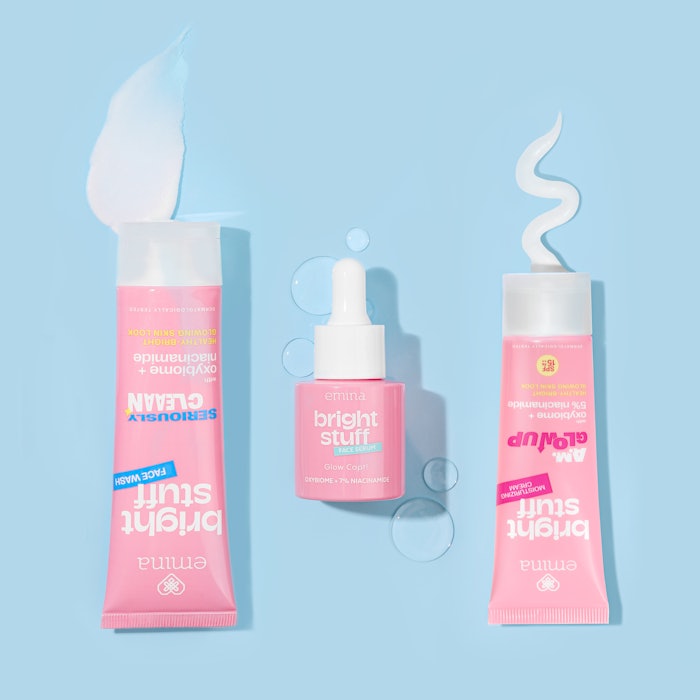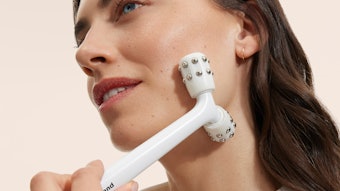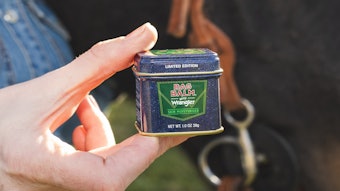
Healthy glowing skin has a balanced energy metabolism that is responsible for cells’ ability to revitalize and to manage cell turnover. Youthful skin regenerates far faster than adult skin; however, teens’ skin experiences external (UV rays/sun exposure, rising pollution and free radicals) and internal disruptions (hormonal shifts leading to sebum production, unhealthy lifestyle choices, etc.) that can lead to dull skin due to low skin power and impact on delayed skin regeneration.
Low O2 uptake negatively impacts skin regeneration and results in low skin powera. Low skin energy may cause an imbalance in the energy metabolism and cause a delay of skin cell turnover, which leads to dull, dry, dark spots/hyperpigmentation, uneven skin tone and rough textureb. The Skin Supercharged Mechanism has become an interesting new approach pathway for bouncy glowing skin.
Revamping Skin Regeneration
 Oxybiome can only be found in the Bright Stuff series by Emina, a Paragon Technology brand.Paragon
Oxybiome can only be found in the Bright Stuff series by Emina, a Paragon Technology brand.Paragon
Saccharomyces Ferment Lysate is a postbiotic yeast obtained by fermentation. It is made from the extraordinary baker’s yeast strain VdH2, chosen for its ability to provide high energy, which causes bread to rise.
Oxybiome works deep within the skin’s cell powerhouse, reaching as many as 10 layersc,d. It works by increasing cell oxygen uptake, which leads to high-energy cells, then harnesses this power to boost skin cell turnover, thereby resolving the dull-skin problem by renewing dead-skin cells, resulting in bouncy-glowing skin.
A consumer panel agreed 100% that using formulations featuring Oxybiome left their skin looking bright, moist and even toned:
● 72% reported glowing skin
● Panelists reported a 153% improvement in smoothness
● Participants also reported a 46% increase in skin moistness
● Finally, panelists reported a 2.4x rise in skin elasticity
Introducing the Supercharged Bright Stuff Range
 The Bright Stuff series includes a Micellar Water, Face Wash, Face Toner, Face Serum, Moisturizing Cream, Tone Up Cream and Loose Powder.
The Bright Stuff series includes a Micellar Water, Face Wash, Face Toner, Face Serum, Moisturizing Cream, Tone Up Cream and Loose Powder.
This powerful combination of ingredients can only be found in the Bright Stuff series by Emina, a Paragon Technology brand. The range, designed to supercharge teens’ skin, includes a Micellar Water, Face Wash, Face Toner, Face Serum, Moisturizing Cream, Tone Up Cream and Loose Powder.
Emina was launched in 2015 and serves teens and young adults ages 12-25, with a sweet spot of 15-19 years old. The non-acnegenic, non-comedogenic brand is designed to help optimistic teens seeking their authentic self. While the brand features effective, expert-backed technology, it’s still fun at its core, declaring itself #StillYourBestie.
Learn more at www.paragon-innovation.com.
References
aSchütz, R., Kuratli, K., Richard, N., Stoll, C., & Schwager, J. (2016). Mitochondrial and glycolytic activity of UV-irradiated human keratinocytes and its stimulation by a Saccharomyces cerevisiae autolysate. Journal of Photochemistry and Photobiology B: Biology, 159, 142–148. doi:10.1016/j.jphotobiol.2016.03.
bFurukawa, F., Kanehara, S., Harano, F., Shinohara, S., Kamimura, J., Kawabata, S., … Miyachi, Y. (2008). Effects of adenosine 5′-monophosphate on epidermal turnover. Archives of Dermatological Research, 300(9), 485–493. doi:10.1007/s00403-008-0882-x
cZelickson, A. S. (1960). Histochemical Localization of Mitochondria in Human Skin. From the Division of Dermatology, University of Minnesota Medical School (Francis W. Lynch, M.D., Director) Minneapolis, Minnesota. Journal of Investigative Dermatology, 35(5), 265–268. doi:10.1038/jid.1960.118
dYa-Xian, Z., Suetake, T., & Tagami, H. (1999). Number of cell layers of the stratum corneum in normal skin - relationship to the anatomical location on the body, age, sex and physical parameters. Archives of dermatological research, 291(10), 555–559. https://doi.org/10.1007/s004030050453
Disclaimer:
The above paid-for content was produced by and posted on behalf of the Sponsor. Content provided is generated solely by the Sponsor or its affiliates, and it is the Sponsor’s responsibility for the accuracy, completeness and validity of all information included. Global Cosmetic Industry takes steps to ensure that you will not confuse sponsored content with content produced by Global Cosmetic Industry and governed by its editorial policy.










